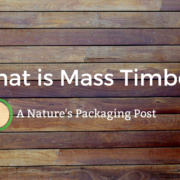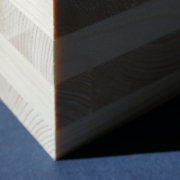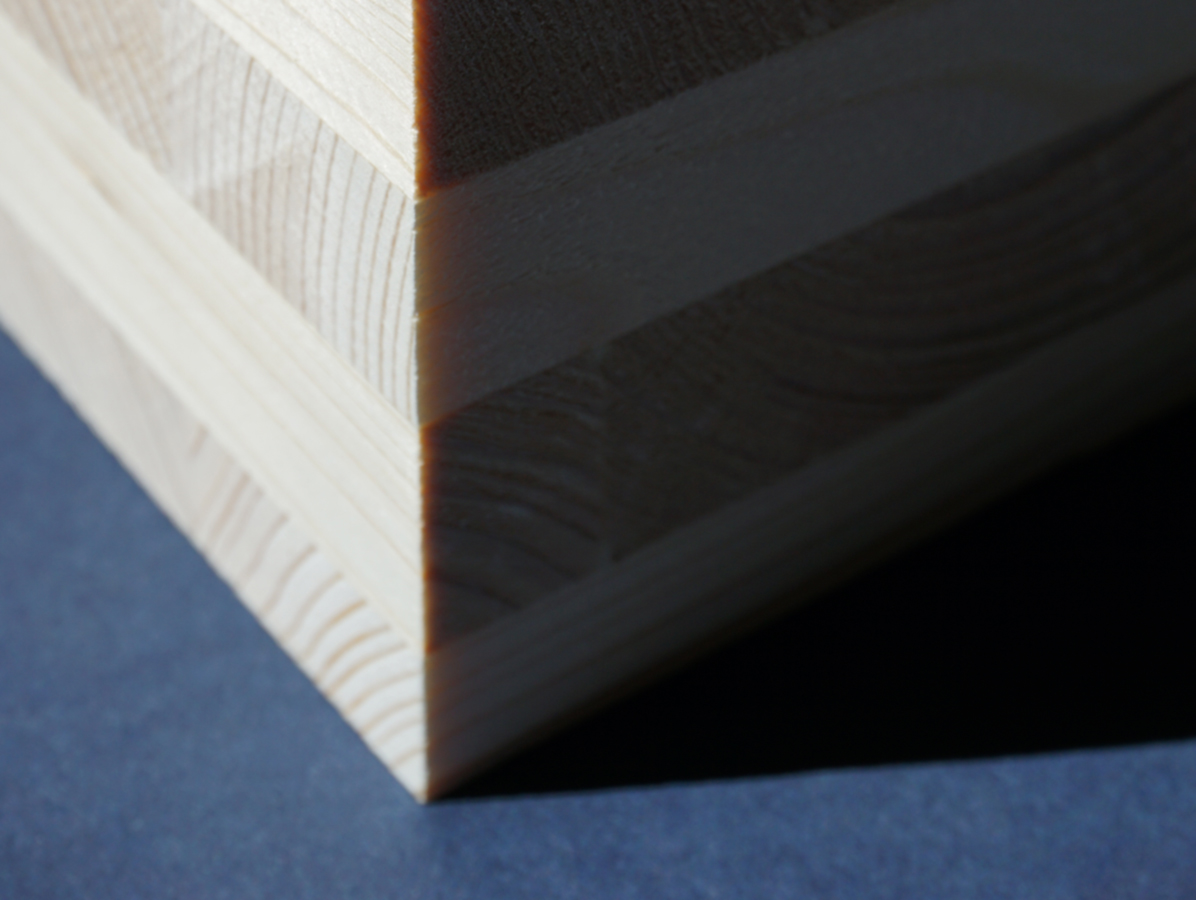What is Mass Timber?
The term “mass timber” (short for “massive timber”) refers to a range of engineered wood products that are being used primarily in construction projects. These products are made from smaller pieces of lumber that are glued or laminated together to form larger panels or beams.
Mass timber products are becoming increasingly popular as an alternative to traditional construction materials like concrete and steel. Their popularity is growing rapidly as more architects and builders become aware of mass timber’s many advantages, and we are only just beginning to scratch the surface of its potential.
Mass timber is an innovative and highly versatile new material for construction. Mass timber products are strong and durable, yet lightweight and easy to work with, making them ideal for use in tall buildings where weight is a major concern. Believe it or not, mass timber also has excellent fire resistance properties They also have a lower carbon footprint than other construction materials, making them a great option for sustainable building practices.
Types of Mass Timber
There are many different types of mass timber products available on the market. Mass timber is an inclusive term that includes materials like glue-laminated (glulam) beams, laminated veneer lumber (LVL), nail-laminated timber (NLT), and dowel-laminated timber (DLT).
But the most common and most familiar form of mass timber, the one that has opened up the newest architectural possibilities, is cross-laminated timber (CLT). In CLT, the wood is composed of layers of lumber perpendicular to each other, glued together with a high-strength resin. CLT offers the same strength as steel or concrete, and, because it is made of wood, it is a renewable resource.
What are the Benefits of Mass Timber?
There are several benefits to mass timber construction, including its potential to help address climate change. Mass timber products are made from wood, a renewable resource, and can store carbon for the life of the product. When used in construction, mass timber can help reduce a building’s carbon footprint.
In addition, mass timber construction is efficient and can be completed quickly. Prefabricated structures and components are popular building methods for construction in both public and private sector projects. They’re also becoming increasingly popular for residential buildings and custom homes.
The benefits of mass timber construction make it an appealing option for both new construction and retrofits. As architects and construction professionals look for inventive new ways to address climate change, mass timber presents an exciting solution that can help them build more sustainable structures.
How is Mass Timber Being Used Today?
Today, mass timber is being used in a variety of ways. One way is in the construction of skyscrapers. Mass timber is well-suited for tall building construction because it is strong and lightweight. As mentioned, mass timber can be used to create prefabricated panels which can be rapidly assembled on-site. This helps to speed up the construction process and reduce costs.
Another way that mass timber is being used today is in the creation of furniture. Mass timber furniture is often made from cross-laminated lumber, which is strong and durable. This type of furniture can be found in both homes and businesses. It is becoming increasingly popular due to its unique appearance and environmental friendliness.
Finally, mass timber is being incorporated in some unlikely industries, like the automotive industry. Mass timber can be used to create structural components that are strong yet lightweight (long live the “Woody”).
Mass timber structures are also being used in the construction of bridges and other large public works. Mass timber bridges have a long life expectancy and are less expensive to maintain than traditional concrete or steel structures.
The Future of Mass Timber
As the world looks for more sustainable building materials, mass timber is an increasingly popular option. This makes it ideal for construction projects that require height, such as office buildings and apartment complexes.
While mass timber is not yet as widely used as concrete or steel, it is growing in popularity due to its many benefits. Mass timber is recyclable, meaning it can be replaced more quickly than non-recyclable construction materials like concrete. It is also lighter than many traditional construction materials, making it easier and cheaper to transport. In addition, mass timber sequesters carbon dioxide which keeps it from entering the atmosphere, thus helping to combat climate change.
The use of mass timber has been increasing in popularity in recent years as a more sustainable and environmentally friendly alternative to traditional construction materials. While mass timber still has some drawbacks, such as its higher cost and the need for specialized equipment and training, its many benefits make it a promising option for the future of construction. The future of mass timber looks bright as more and more architects and engineers look for ways to incorporate this innovative material into their projects.



